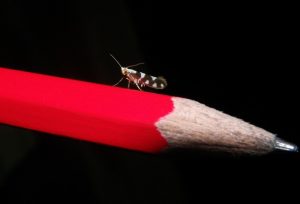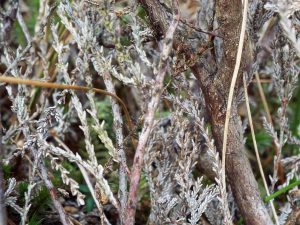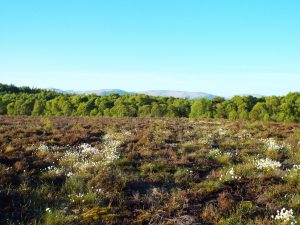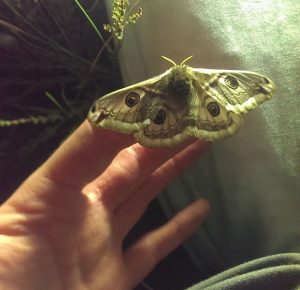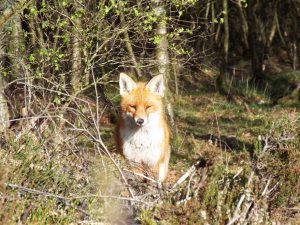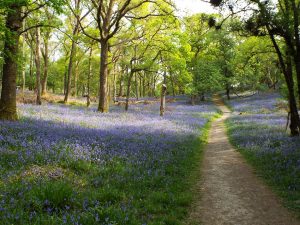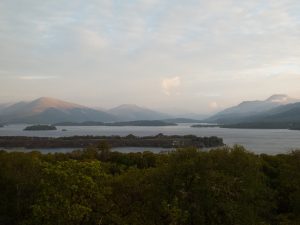
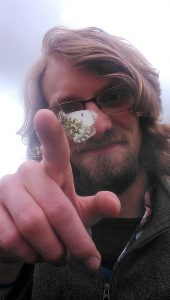 Hello! I’m Ross McIlwrath and I’m one of this year’s Natural Talent Trainees! Over the next year I’ll be studying Micro Moths and Peatlands. My traineeship is based in Stirling with Butterfly Conservation. I am thrilled to have been given this opportunity which will allow me to acquire specialist knowledge over this next year.
Hello! I’m Ross McIlwrath and I’m one of this year’s Natural Talent Trainees! Over the next year I’ll be studying Micro Moths and Peatlands. My traineeship is based in Stirling with Butterfly Conservation. I am thrilled to have been given this opportunity which will allow me to acquire specialist knowledge over this next year.
Micro moths are a group of animals that have been historically undervalued and under-recorded due to their small size. This makes them difficult to identify and many even need dissected under a microscope to be certain of their species!! However, over half of the 2500 species of the moth in the UK are micros (as micro moths are colloquially known) and therefore play an integral role in British ecosystems. Over the course of my traineeship I will be looking specifically at micros that occur on Peatlands.
Peatlands have often been overlooked, but are now recognised as vitally important habitats. Peatlands are waterlogged areas dominated by Sphagnum Mosses. When the moss dies instead of degrading into soil they compact to form layers of peat. These layers of peat can extend metres beneath the ground surface and take thousands of years to form. Peat layers have the potential to store huge amounts of carbon; 3 inches of peat holds the same amount of carbon as the same area forested. This means Peatlands have the potential to play a vital role to combat climate change. Over the next year I hope to show how fantastic these places are for micro moths!
So over the past month I’ve been getting to grips with so many things: Moving to a new country, learning the local colloquialisms (e.g. A bog is called a “Moss” in Scotland), getting to know the local area and most importantly getting to know my survey sites!
First day on the job I managed to find my first Micro of the traineeship!! Acleris hyemana is a very common moth on bogs which feeds on heather. They spend the summer as a caterpillar and hatch out as adults in the autumn. Some, like this individual, will hibernate over the winter and continue to lay in the Spring time!
The beautiful patterns on the Acleris hyemana make excellent camouflage amongst the heather. Can you spot it!?! (Follow me on twitter @rossmcil, for more Spot the Moth quizzes)
Wester Moss
Wester Moss is a small bog just outside the town of Fallin in Stirlingshire. Despite being a stone’s throw from a football pitch it’s amazing for wildlife!! It goes to show that you don’t need travel far to experience the wonders of nature.
Look at the beautiful Cotton-grasses in bloom! A very common sight on bogs, cotton grasses love the water logged soil.
One of my first nights trapping we managed to catch this beauty!! Emperor moths have incredible eyespots to startle predators. Some say that the moth looks like the face of an owl, definitely a scary sight in the dark!
During a day survey when I had my head down one day looking for moth caterpillars, I was surprised by a new friend! It was so curious it came right up to me and chewed my Wellington Boot!!
Already I’ve been finding new species of micro moth for Wester Moss! This gorgeous golden Dyseriocrania subpurpurella is one of the highlights
Kentish Glory
Earlier this month, I was helping to survey the very rare Kentish Glory moth in the Cairngorm National park. Despite the name these beautiful beasties are now only found in the Scottish Highlands. Butterfly Conservation and a number of moth enthusiasts, placed pheromone lures at different locations to try and see if Kentish Glory where present. The male moths use their long feathery antennae to “smell” out females and our lures mimicked the same pheromones the female secretes. Unfortunately only 5 moths were found over the weekend of surveying and more surveying will need to be completed to see how many are left.
Inchcailloch
On the 11th of May a small team and I camped out on Inchcailloch, which is a small island in Loch Lomond. The entire island is covered in mature Oak and Birch woodland with a sea of beautiful bluebells. We placed a number of moth traps all over the island and stayed up all night recording the moths that came to our traps.
We caught an amazing 30 different species and 226 moths in one night!! Among the catch was this wonderful micro, Esperia sulphurella. This was a fantastic find as it was a new record for the island!! The caterpillar of this moth plays a very important ecological role as it feeds upon dead wood.
With summer fast approaching I eagerly await lots of long days and late nights of surveying! The changing seasons bring with new moth species and I can’t wait to see what I’ll find and the identification challenges that it will bring!! I would like to thank TCV, Butterfly Conservation and Esmee Fairbairn Foundation for allowing me to embark on this incredible learning experience and can’t wait to share what I learn!!

